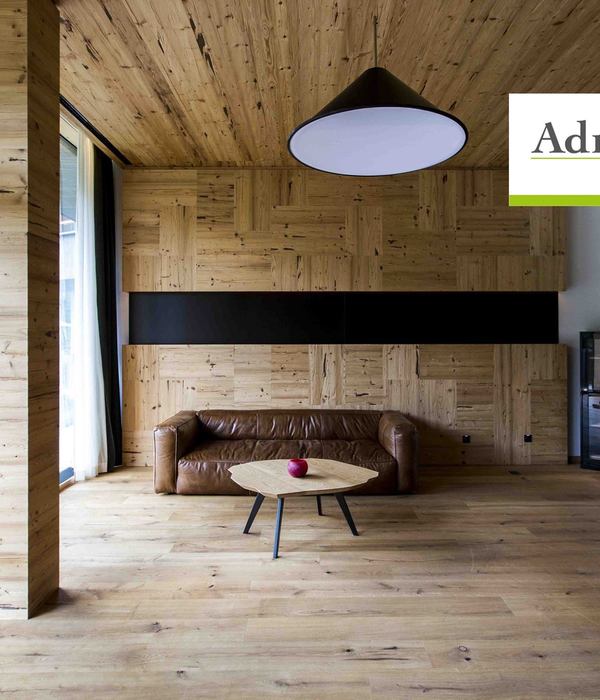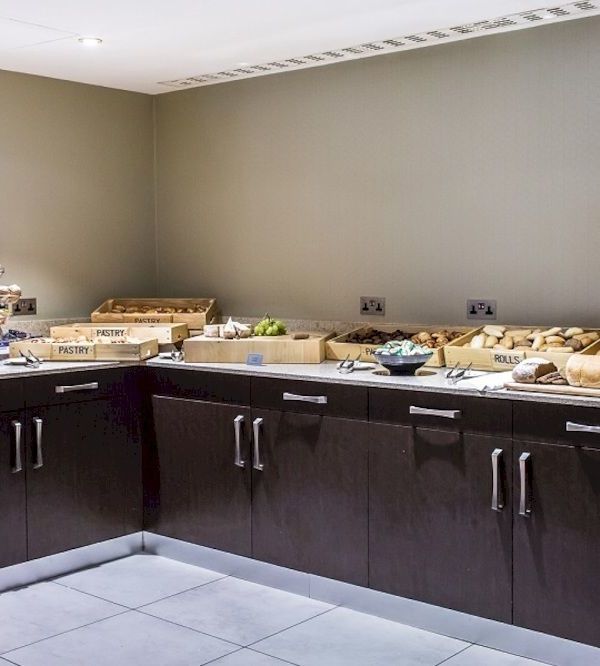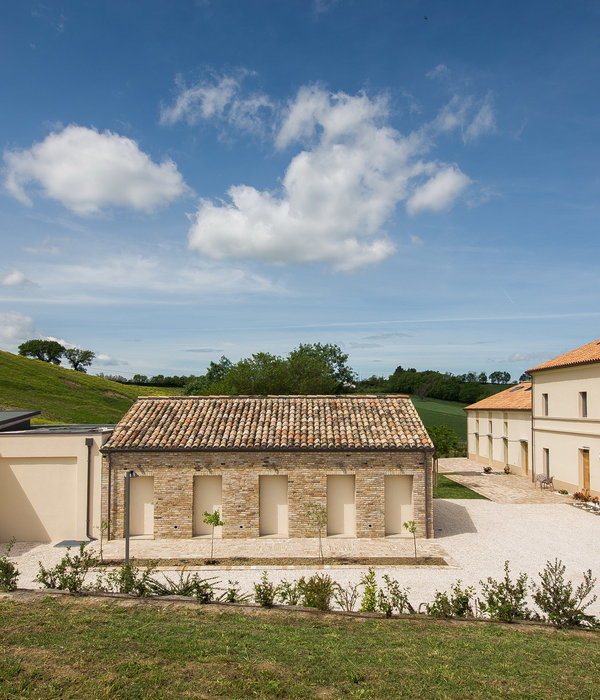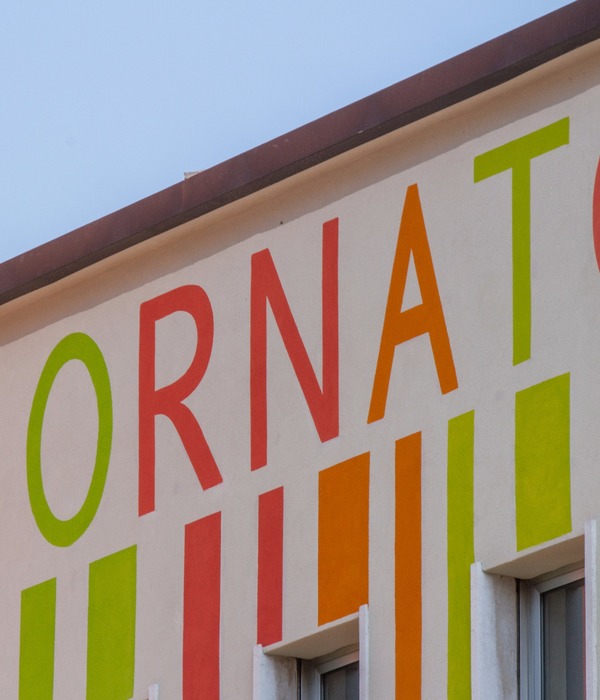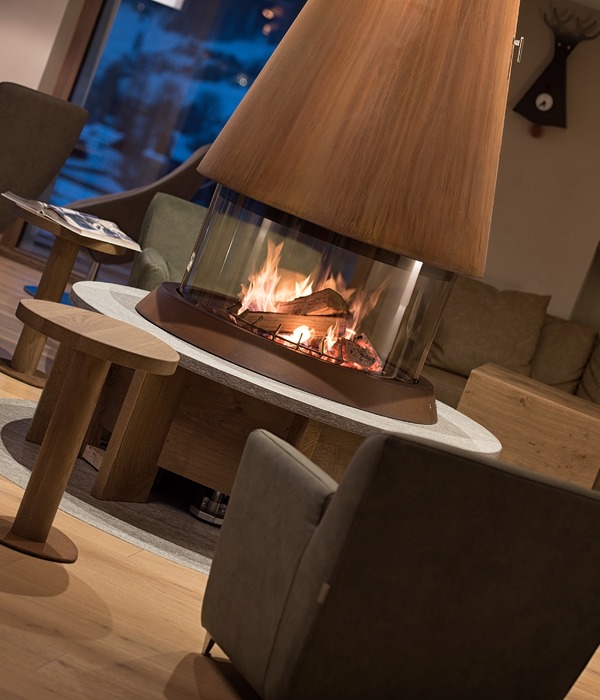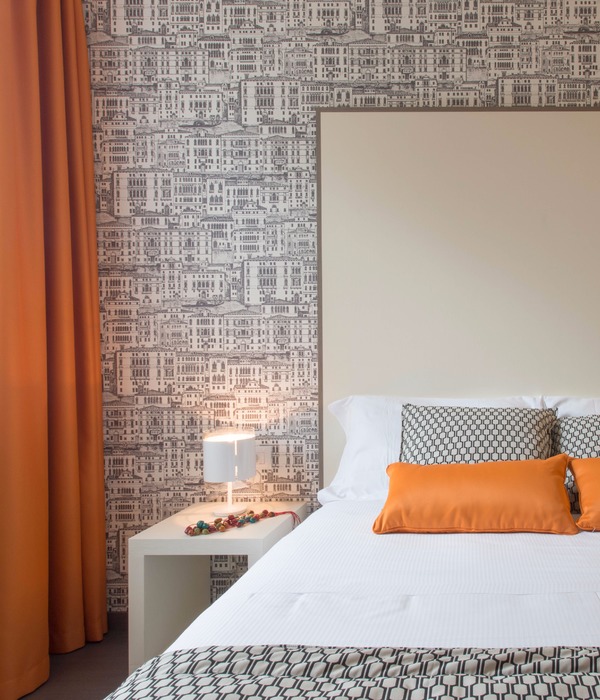Location:Beijing, China; | ;
Project Year:2015
Category:Private Houses
WHY hotel is a hot spring hotel located in the northeast Beijing suburb. WEI Architects / ELEVATIONWORKSHOP was initially hired to renovate an existing structure of 20+ rooms and add seven newunits on top of an existing parking area, without any major changes to the cartoon theme of the hotel.However, the owners of WHY Hotel are a group of daring businessmen in their early thirties: onceopen communication was established between the clients and architect, they quickly agreed totransform the project from a cartoon‐themed agritainment style hotel to a design‐focused boutiquehotel, unified by a beautiful bamboo grove. The new design of WHY Hotel bridges traditional Chinesearchitecture and contemporary Beijing. We have described the experience of the new design in thespirit of the famous ancient poet, Yuanming TAO (AD352 ‐AD427) in his piece “The Peach Colony”:Walking along the path with trees rustling, water rippling, and tree shadows dancing, theguest feels as though the buildings became indistinct among the bamboo leaves. After a turn,there is a pond with a thin and delicate mist hovering above the spring water.
Architecture The design team confronted many issues due to the condition of the existing buildings and site. Theoriginal hotel was built hastily without planning or architectural drawings, resulting in rooms ofvarying size and orientation with no foundation structure. Additionally, the allotted site was very tightto fit seven standard rooms with private jacuzzis and while ensuring complete visual privacy from theother rooms. The new construction also needed to serve as a striking visual image for the new hotel,but I felt that a single building with an expressive roof, though an easier path for conforming to thesite constraints, did not allow for the full potential of the design. Standing at the pond and lookingout onto the new site of the hotel, I envisioned small houses scattered throughout a bamboo grove. We began with an analysis of the programmatic requirements of the new units, separating the basicfunctions of bedroom, toilet space, private jacuzzi, and space for meditation into individual units withthe minimum required space. We then analyzed the site, studying the lighting conditions, therelationship with surrounding buildings, and the way in which humans move through the site. Last, Ideparted from our analytical process and placed the units intuitively. By scattering the buildings bothvertically and horizontally throughout the site, I was able to recreate my vision of individual housesamidst a bamboo grove within the constraints of the allotted site. our site analysis and the technological, material, and functional needs of each building. Our bamboosteel engineers translated our digital model into a complete structural model to enable them to senddatasheets to their factory in Szechuan province. Each piece was made to specification in the factoryand transported back to Beijing, where it was precisely assembled according to the design.When we saw the completed work, we found that the seemingly random spaces between each unithad achieved what our firm has been studying all these years: the Suffused Space. This space isshapeless but omnipresent, shifting and interacting with each human differently. Though architectureinevitably results in a tangible form, I hope that the form is only a frame work through which we canoffer the invisible Suffused Space that is the true soul and spirit of our architecture. As said by theDiamond Sutra,“If all forms are seen as unreal, the Tathagata will be perceived.”
Landscape Our team aspires to create an architecture that exists in harmony with the landscape and guests.Rather than designing forms, we aspire to create cinematic experiences, designing spaces that inspireemotion, routes full of change, scenes that arouse sentiment, and unique social encounters. Thisaspiration was a driving force in the landscape design of the central public space of the hotel. In thecenter of the courtyard is a bean shaped hot spring pool, filling the courtyard with warm steamthroughout the year. Two sets of paths weave through the courtyard amidst the bamboo grove: acentral path encircling the hot spring pool and a second path connecting each independent courtyardto the central space. The elegant dance between these paths required two months of carefuliteration by the design team. A system of sprayers produces mist in the bamboo groves to maintainadequate humidity. Meandering through the bamboo, guests can see only mist and the indistinct form of the hotel unitsbeyond the dense grove. The experience invokes the writings of the famous ancient Chinese authorZongyuan LIU, who wrote in his Travel Notes of Little Stone Pond:“across the bamboo grove, I heard the sound of water.” The walker’s view clears upon reaching the hot spring pool, where an undulating wall of verticalbamboo steel planks encircles the public area to create privacy for the hotel units. Privacy for eachunit is created through the carefully designed angle of each vertical bamboo piece, as well as throughthe electric glass in the doors and windows in each room. With this technology, guests curate theirvisual interaction with the central landscape by adjusting the transparency of the apertures.
▼项目更多图片
{{item.text_origin}}




